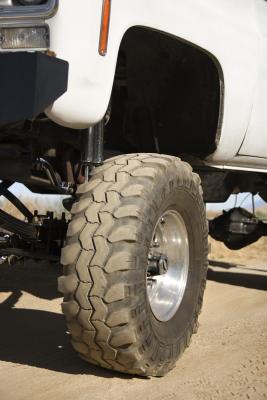
The MPG, or miles per gallon, of a vehicle is one of the no. 1 factors that many people consider when purchasing a vehicle. A higher MPG rating means lower fuel costs. However, there are factors that will change the MPG of a vehicle that the owners may be unaware of. One of these factors is the alignment of the wheels. A poorly aligned vehicle will have an adversely affected MPG rating.
A properly aligned vehicle is designed for maximum efficiency. If the wheels are not aligned, the vehicle cannot run properly. Wheels are aligned so that they can turn quickly in a straight line. This gives them the most traction on the road and also reduces friction between the wheel and axle. Proper alignment will not only improve wheel traction, vehicle performance and efficiency, but it will also improve the MPG by reducing drag.
The MPG of a vehicle is calculated by determining how much gas is burned per mile and how many miles a vehicle can travel before it will use a gallon of gas. Usually, there are two MPGs per vehicle -- one for highway and one for city. More gas is burned in the city due to frequent stopping and starting. When a vehicle has wheels that are out of alignment, the wheels face outward rather than straight ahead. This increases the drag of the vehicle, which will adversely affect a vehicle’s MPG.
A poorly aligned vehicle will have several undesirable results. First, the wheels will face outward, dragging on the car and reducing the MPG of the vehicle. Second, the vehicle will have uneven tire wear, which can damage the tires and cause the tires to need replacement sooner. The unaligned tires may also cause the suspension of the vehicle to malfunction, making the ride less comfortable.
Poor alignment is a simple problem to fix. Most auto repair shops offer alignment for reasonable rates. Some even sell a lifetime alignment package for one low rate. The shop will fix the rotation of the tires and the tires' alignment in relation to the axles to restore them to their original position. This will improve the overall performance of the vehicle and reduce the MPG of the vehicle.